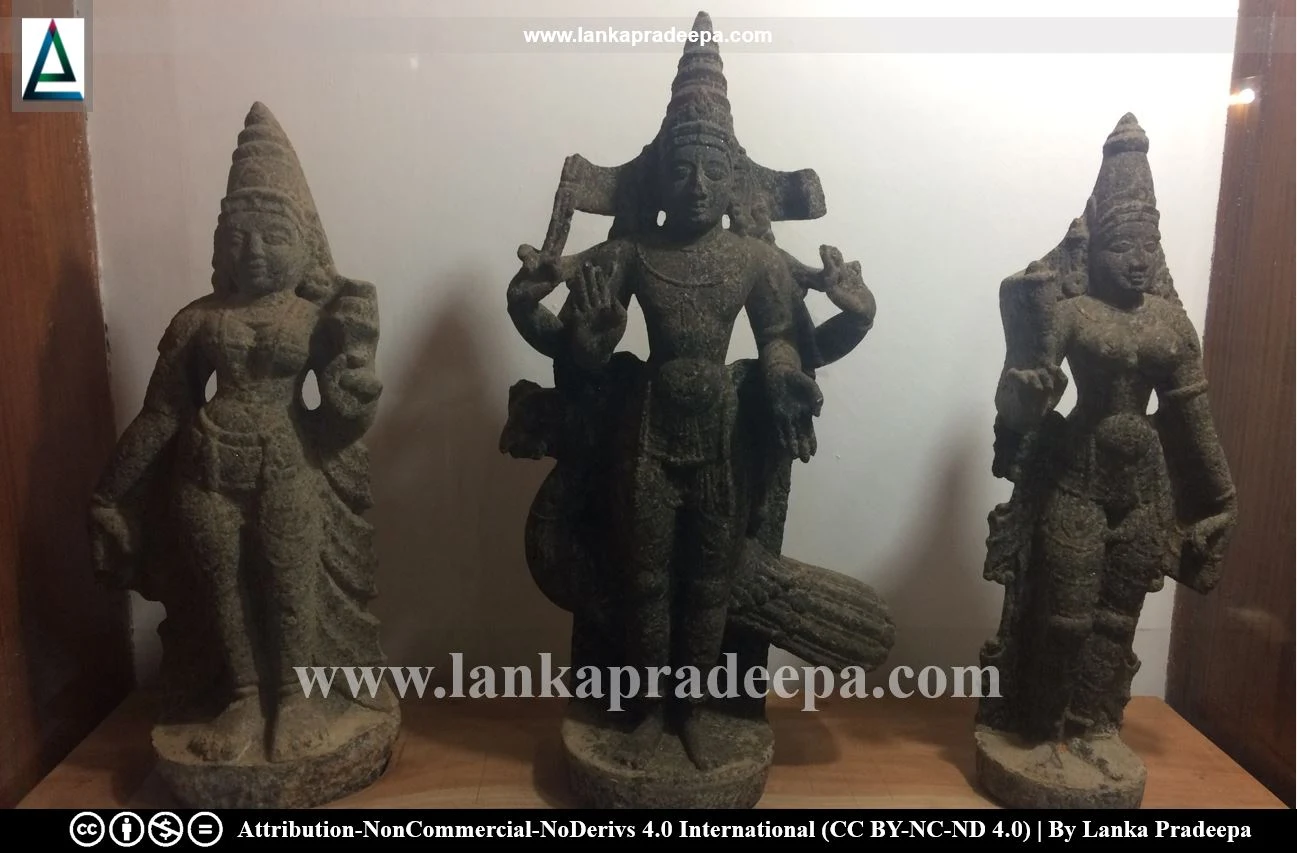
The Archaeological Museum of Jaffna (Tamil: தொல் பொருட்காட்சிச்சாலை, யாழ்ப்பாணம்; Sinhala: යාපනය පුරාවිද්යා කෞතුකාගාරය), Sri Lanka is one of the Regional Museums Administered by the Department of Archaeology. It is situated on the wayside of Navalar Road behind the Navalar Memorial Cultural Hall. The museum contains a large collection of artefacts mainly related to Buddhism and Hinduism.
History
This museum was originally established as a national museum in 1943. However, when the museum staff was relocated to the Archaeological Department in 1965, the administration of it came under the Department of Archaeology (Rambukwella, 2014).
The present museum was established on a plot of land originally owned by the famous Tamil scholar and Philosopher Mr Arumuka Navalar [(1822-1879) Dias et al., 2016; Wijebandara, 2014). The land was gifted to the Department of Archaeology in 1975, by the Arumuka Navalar Foundation. Under the supervision of Dr Roland Silva, the then Archaeological Commissioner, the construction of the museum building commenced on this land in 1976 (Wijebandara, 2014).
The Museum
The museum building is made of brick and concrete and has outer walls designed with bas-reliefs of Palmyra palms (Haramoto et al., 2015). It preserves a large collection of items and implements created/used by the people of the Jaffna-centered Northern Province (Rambukwella, 2014). Antiquities with the archaeological and historical value which were received from various places and donations are exhibited in the museum.
Artefacts that are being exhibited include stone sculptures (Buddhist and Hindu), inscriptions, coins, ivory objects, metal and timber creations, bead accessories, dolls, ceramics, skeletons, gravestones from the Dutch and British periods as well as several antiquities discovered from nearby archaeological sites such as Jaffna Fort, Kadurugoda Viharaya and Nilavarai (Dias et al., 2016; Haramoto et al., 2015; Wijebandara, 2014). In addition to them, stone materials of railing (vedika) and pinnacles of Stupas belonging to the Anuradhapura and Polonnaruwa periods and Hindu sculptures of the early modern period are preserved in the museum (Haramoto et al., 2015).

References
1) Dias, M.; Koralage, S.B.; Asanga, K., 2016. The archaeological heritage of Jaffna peninsula. Department of Archaeology. Colombo. pp.205-206.
2) Haramoto, T.; Inouchi, C.; Koizumi, Y.; Fukuyama, Y., 2015. Survey Report on the Protection and Utilisation of Cultural Property in the Northern and Northeastern Provinces of Sri Lanka. Japan Consortium for International Cooperation in Cultural Heritage. pp.29-30.
3) Rambukwella, M.W.C.N.K., 2014. Heritage representation in culturally
diverse societies: a case study of the Colombo National Museum in Sri
Lanka (Doctoral dissertation, School of Museum Studies). p.416.
4) Wijebandara, I.D.M., 2014. Yapanaye Aithihasika Urumaya (In Sinhala). Published by the editor. ISBN-978-955-9159-95-7. pp.120-122.

